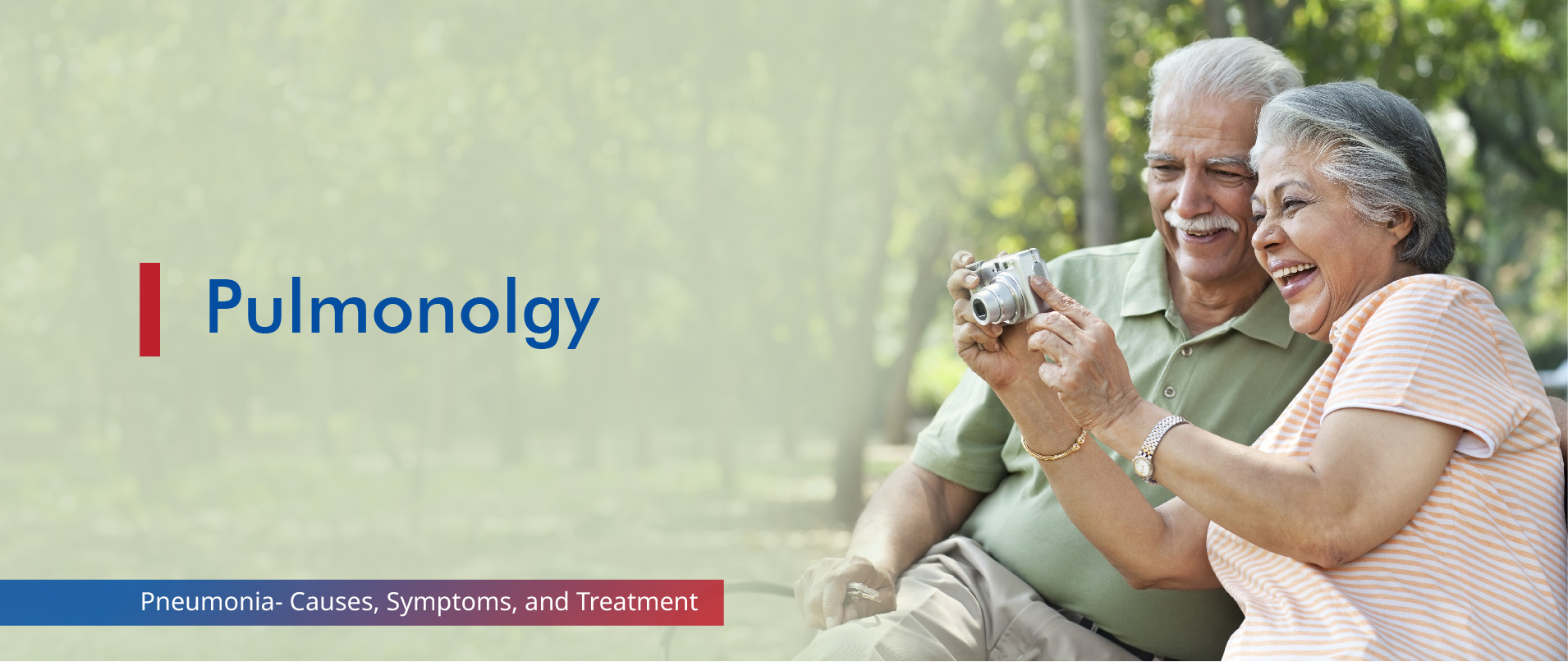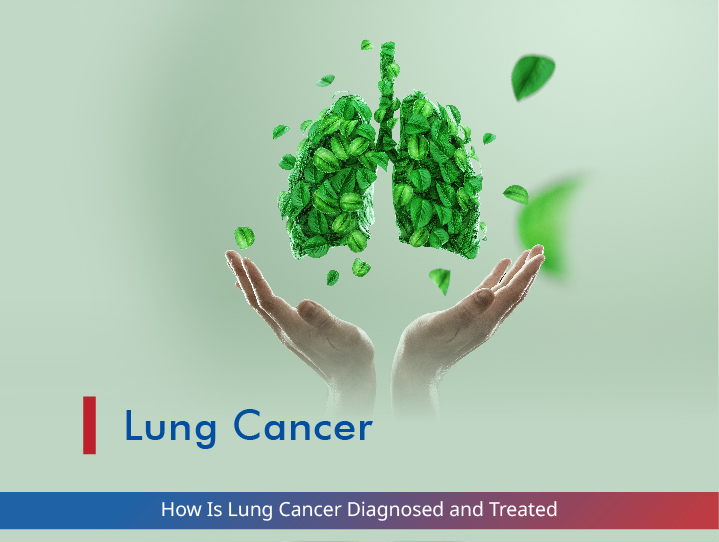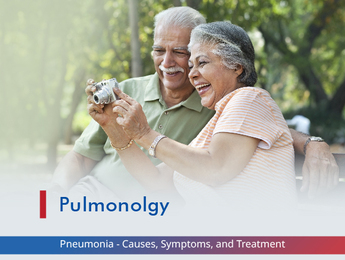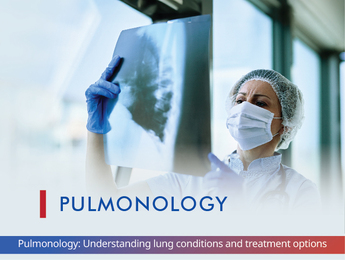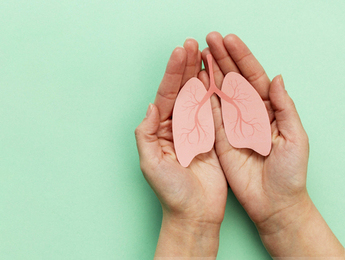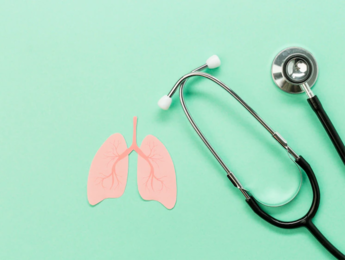What is Pneumonia?
Pneumonia is an inflammatory infection in the lungs. It affects the air sacs in one or both lungs. Because of infection, these air sacs, known as alveoli, can get filled with fluid or pus, thus making it difficult for the lungs to function properly. Depending on the type and severity of the infection, pneumonia can lead to a range of respiratory symptoms, from mild to severe, life-threatening situations. The seriousness of the condition depends on the age, overall health of the person, and the cause of the infection. Bacteria, viruses, or fungi are the primary causative factors that cause pneumonia.
Types of Pneumonia
The pneumonia classification depends on the causative factors and where you got them. Understanding the type of pneumonia is essential for effective treatment and management. The following are some common types of pneumonia:
- Bacterial Pneumonia: Various bacteria can cause pneumonia, but the most common is Streptococcus pneumoniae. Bacterial pneumonia can affect anyone but is more common in people with weakened immune systems, such as children, old age, or chronic illness, and in people with respiratory disease (asthma, COPD, or emphysema) or viral infection.
- Viral Pneumonia: Viruses, including influenza (flu) virus, respiratory syncytial virus (RSV), and coronaviruses, are the second most common cause of pneumonia. Viral pneumonia can sometimes lead to secondary bacterial respiratory infections or secondary bacterial pneumonia.
- Mycoplasma Pneumonia: Mycoplasma pneumonia, often called “walking pneumonia,” is a comparatively mild type caused by the bacterium Mycoplasma pneumoniae. Sometimes, people with mycoplasma pneumonia do not know they have this infection as it manifests with gradual onset of symptoms such as sore throat, dry cough, fatigue, and low-grade fever. Despite being less severe, it can cause significant discomfort.
- Fungal Pneumonia: This rare type of pneumonia can be caused by various fungi, including histoplasma, coccidioides, or cryptococcus and is more prevalent in people with weakened immune systems. One can contract it from environmental sources like bird droppings or contaminated soil.
- Aspiration Pneumonia: Aspiration pneumonia occurs when substances such as food particles, liquids, or vomit are inhaled into the lungs, causing inflammation and infection. It is common in individuals with swallowing difficulties or those who are unconscious from the use of medications, alcohol, or other drugs.
- Hospital-acquired Pneumonia (HAP): HAP is a type of bacterial pneumonia acquired during a hospital stay. It develops 48 hours or more after hospitalisation and is caused by bacteria that are often resistant to standard antibiotics.
- Community-acquired Pneumonia (CAP) is one of the most common types of pneumonia contracted outside hospitals or other healthcare facilities. Bacteria like Streptococcus pneumoniae, viruses such as influenza, and fungi are common causative agents of CAP.
- Ventilator-associated pneumonia (VAP): VAP occurs when people on mechanical ventilators (through an endotracheal or tracheostomy tube) get pneumonia for at least two days.
Stages of Pneumonia
Pneumonia can be categorised into different stages, each with its own set of characteristics:
- Early Stage: During the early stage, the lungs begin to fill with fluid or pus, causing mild symptoms such as cough, fever, and difficulty breathing.
- Intermediate Stage: As the infection progresses, the symptoms typically worsen, with increased cough, higher fever, and more pronounced breathing difficulties.
- Late Stage: In the late stage, the lungs get significantly compromised, leading to severe respiratory distress, organ failure, and potentially life-threatening complications.
Symptoms of Pneumonia
The symptoms of pneumonia can vary and depend on the type of infection, the individual’s age, and the overall health status. Common symptoms of pneumonia include:
- Cough with green, yellow, or bloody mucus or phlegm
- Difficulty breathing or shortness of breath
- Pain or discomfort in the chest when a person breathes or coughs
- Rapid and shallow breathing
- Fever and chills
- Headaches and muscle pain
- Fatigue and weakness
- Nausea, vomiting, or diarrhoea (more common in young children)
- Loss of appetite
- Higher pulse rate
Causes of Pneumonia
Pneumonia can be due to various pathogens and environmental factors, including:
- Bacteria: The most common bacteria responsible for pneumonia are Streptococcus pneumoniae, Haemophilus influenzae, and Mycoplasma pneumoniae.
- Viruses: Common viral causes of pneumonia include influenza, respiratory syncytial virus (RSV) and SARS-CoV-2 (the one responsible for COVID-19).
- Fungi: In some cases, fungi, such as Pneumocystis jirovecii, are responsible for pneumonia infection, which is more common in people with weakened immune systems.
- Environmental Factors: Exposure to certain chemical toxins or environmental pollutants can lead to pneumonia.
- Aspiration: Inhalation of food, liquid, or vomit can introduce bacteria into the lungs, causing pneumonia.
- Hospital-acquired Factors: Long hospital administrations and being on mechanical ventilators can also lead to pneumonia.
Risk Factors for Pneumonia
Certain factors can increase an individual’s risk of developing pneumonia, including:
- Age (very young or very old)
- Weakened immune system, e.g., due to chronic illness or immunosuppressive medications
- Chronic medical conditions, e.g., heart or lung disease, diabetes, cancer
- Smoking or vaping
- Recent respiratory viral infection, e.g., the flu or COVID-19
- Aspiration- inhaling food, liquid, or stomach contents into the lungs
- Hospitalisation or long-term care facility residence
Diagnosing Pneumonia
Diagnosing pneumonia involves a combination of the following:
- Medical History and Physical Examination: The pulmonologist will take the history of your symptoms and do a physical inspection, including listening to your lungs with a stethoscope.
- Imaging Tests: Chest X-rays or CT scans can help identify the presence and location of pneumonia in the lungs.
- Laboratory Tests: Blood tests, sputum (mucus) cultures, or other diagnostic tests may help determine the specific causative agent of the pneumonia.
Treatment Options for Pneumonia
The management and treatment for pneumonia depends on the underlying causative factor, the severity of the infection, and the individual’s overall health status. The following are some common treatment modalities:
- Antibiotics: Antibiotics are the first line of treatment for bacterial pneumonia. The prescribed antibiotic will depend on the type of bacteria causing the infection.
- Antiviral Medications: Doctors may prescribe antiviral drugs to reduce the intensity of symptoms and decrease the duration of viral pneumonia.
-
Supportive Care: Whatever is the cause of pneumonia, supportive care is essential and may include:
- Increased fluid intake to stay hydrated
- Over-the-counter medications to manage fever, pain, and cough
- Oxygen therapy to help with breathing difficulties
- Hospitalisation for severe cases or individuals at high risk of complications
Preventing Pneumonia
While pneumonia can be a serious ailment, there are several steps you can take to reduce your risk of developing it:
- Vaccination: Pneumococcal and influenza vaccines can prevent certain types of pneumonia. Speak with your doctor about recommended vaccination schedules.
- Maintain Good Health: Good hygiene, a balanced, nutrient-rich meal, and enough sleep can help strengthen your immune system and reduce your susceptibility to respiratory infections.
- Avoid Smoking and Vaping: Smoking and vaping can damage the lungs and increase the possibility of developing pneumonia.
- Manage Chronic Conditions: If you have a chronic illness, such as heart or lung disease, work closely with your doctor to keep your condition under control, says Dr. Rajani Surendar Bhat.
Conclusion
Pneumonia is a complex and potentially life-threatening respiratory condition that requires prompt recognition and effective treatment. You can actively safeguard your health and well-being by understanding the causes, symptoms, and risk factors associated with pneumonia, as well as the available treatment options and preventive measures.

